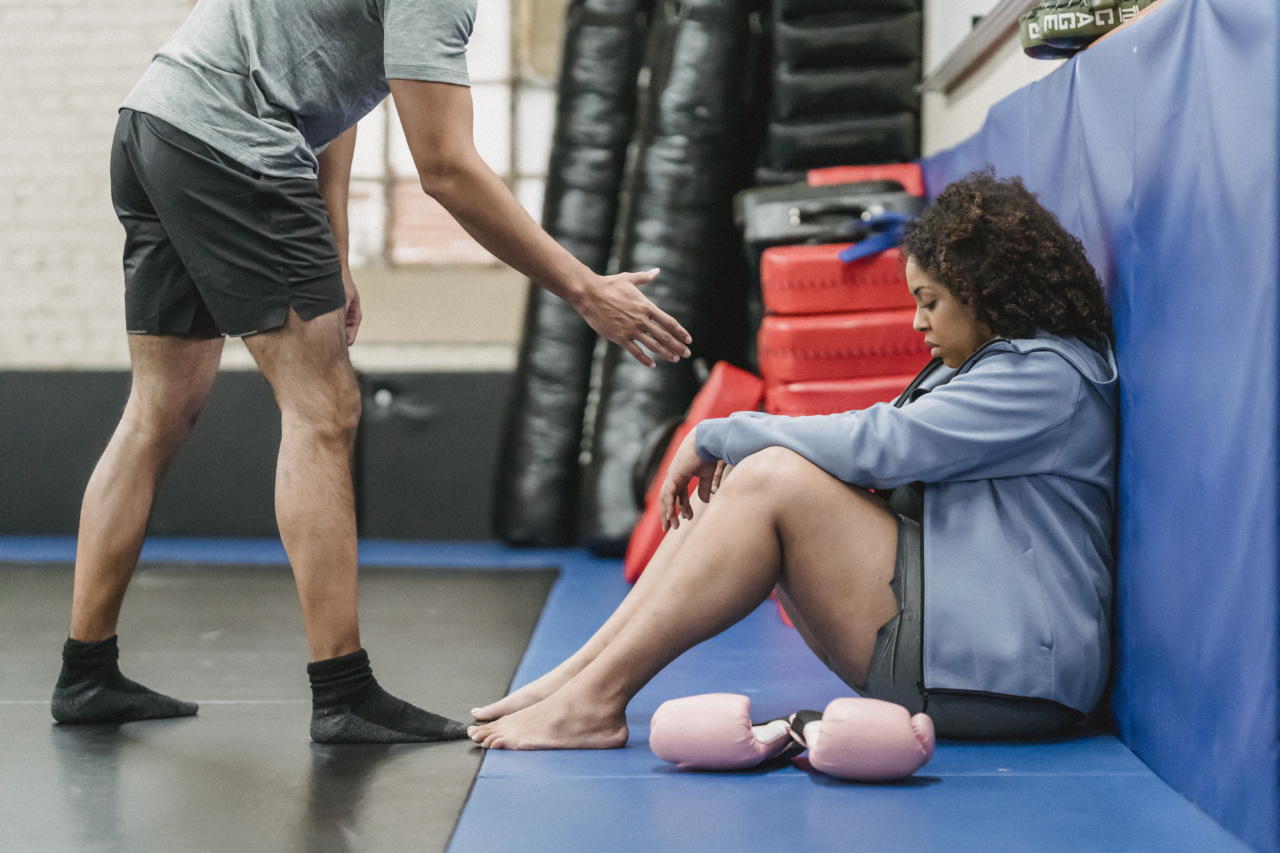As an educator, you know how important it is to help your students develop a strong sense of confidence and self-esteem.
However, some students can be naturally shy and introverted, making it challenging for them to engage in classroom activities and social interactions.
If you have shy students in your class, you can take steps to help them break out of their shell and feel more comfortable participating in class. Here are some tips you can use to help shy students feel more confident and engaged:.
1. Create a Safe and Positive Learning Environment
One of the most important things you can do to help your shy students feel comfortable is to create a safe and positive learning environment. Make sure your classroom is a welcoming space where all students feel valued and respected.
Encourage peer-to-peer support and positive feedback, and set clear expectations for how students should treat one another.
When you foster a positive classroom culture, students will feel more comfortable sharing their thoughts and ideas, even if they are shy.
2. Foster Strong Relationships
Building strong relationships with your students is a critical component of effective teaching. However, it is particularly important for shy students, who may feel more comfortable opening up to adults one-on-one than in a group setting.
Take the time to get to know your shy students individually, and try to find common interests that you can build upon.
Provide frequent feedback and praise to help them build confidence in their abilities, and offer assistance or support when they need it.
3. Encourage Small-Group Activities
Shy students may feel overwhelmed or intimidated by large-group activities or class discussions. Instead, consider incorporating more small-group activities into your lesson plans.
Pair shy students with more outgoing and confident peers, and provide clear guidelines and goals for each activity. This will help your shy students feel more comfortable sharing their thoughts and ideas with others.
4. Use Games and Activities to Break the Ice
Using games and icebreakers can be an effective way to help shy students feel more comfortable in social situations. You can use games and activities to help students get to know one another better and build trust.
For example, try using a “get-to-know-you” activity at the beginning of the school year, or use fun, interactive games to teach new concepts or skills.
This will help your shy students feel more comfortable participating and engaging with their peers.
5. Be Patient and Understanding
Breaking out of one’s shell can be a challenging and sometimes slow process. This is why it is so important to be patient and understanding as your shy students adjust and grow.
Recognize that every student is unique, and that each student will have their own pace and approach to learning. Encourage, support, and celebrate small progress, and be available to your students when they need guidance or support.
6. Model Confident Behavior
As a teacher, you are a role model for your students. Your behavior and attitude can have a significant impact on how your students feel about themselves and their own abilities.
Make sure you model confident behavior in your interactions with your students, and demonstrate positive self-talk and problem-solving skills. When your students see you modeling these behaviors, they will be more likely to follow suit.
7. Provide Differentiated Instruction
Differentiated instruction is an approach to teaching that aims to meet the individual needs and learning styles of each student.
It is particularly useful for shy students, who may learn better when they have more control over their learning environment.
Consider providing your shy students with more independent work opportunities, or allowing them to choose their own topics or assignments.
This will help them feel more in control of their learning experience, and can boost their confidence and engagement.
8. Provide Opportunities for Leadership and Recognition
Shy students may often feel overlooked or excluded in a classroom environment. To help combat this, provide opportunities for your shy students to take on leadership roles, or recognize and celebrate their hard work and achievements.
You might consider creating a student-led task force or committee, or allowing students to lead class discussions or presentations.
When shy students have the opportunity to showcase their strengths, they will feel more empowered and confident in their abilities.
9. Encourage Risk-Taking and Creativity
Shy students may feel hesitant to take risks or share their creative ideas with others. However, encouraging risk-taking and creativity can help them build confidence and self-esteem.
Provide opportunities for your students to explore new ideas and take calculated risks in a safe, supportive environment. Celebrate their creativity and unique perspectives, and encourage them to take ownership of their ideas and learning.
10. Provide Emotional and Social Support
Finally, provide emotional and social support to your shy students as they navigate the challenges of breaking out of their shell.
This could include referring them to school counseling services, or providing resources and information on social skills development.
Be a listening ear and offer support and encouragement when they need it. Let them know that they are valued members of your classroom community, and that you are committed to helping them reach their full potential.






























